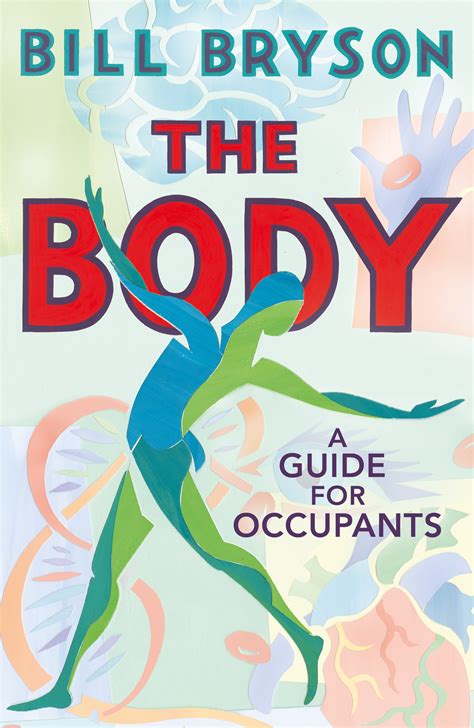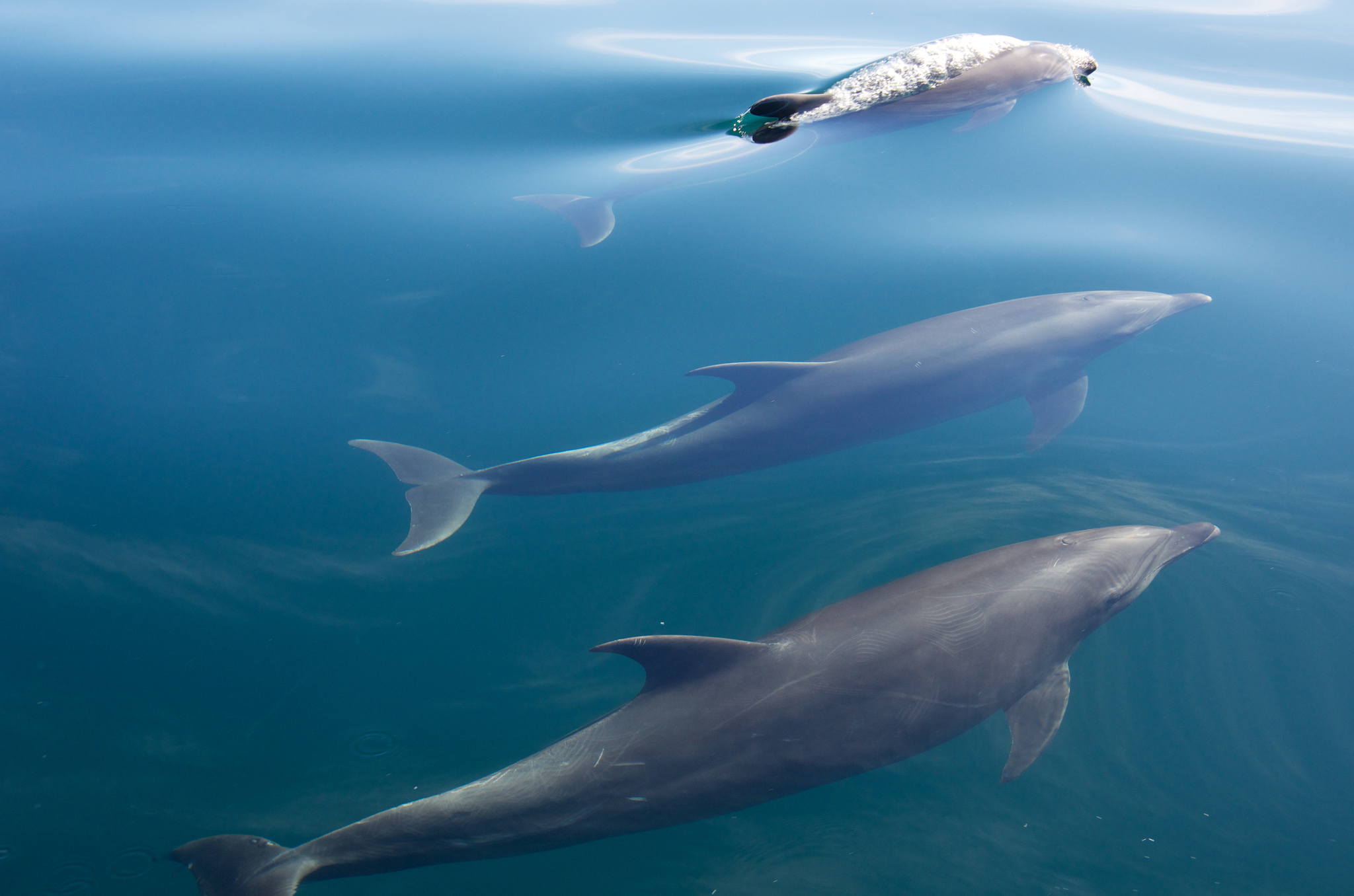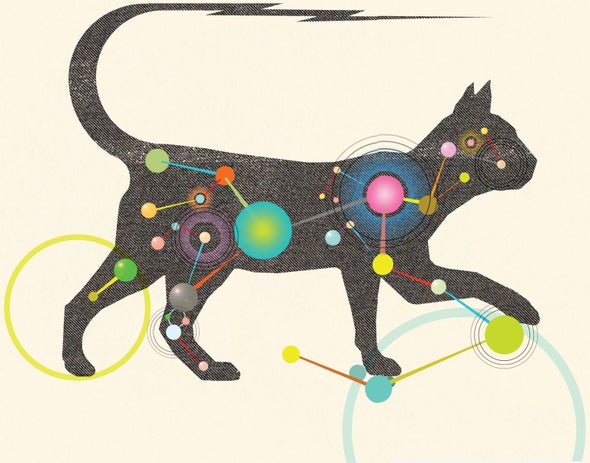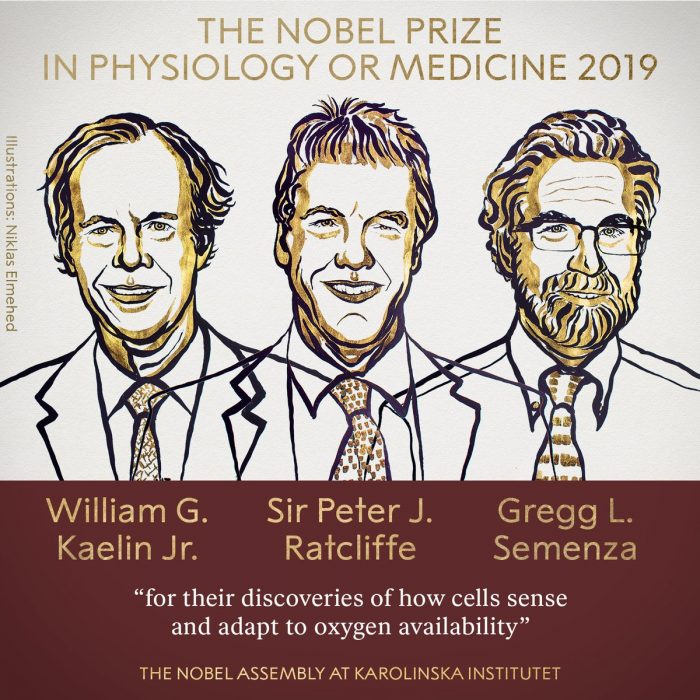When physicist and „surfing scientist“ Ruben Meerman saw a photo of himself surfing with his belly bulging out, he was determined to lose some weight. And this brought him to ask himself, as a scientist, how that actually works. What causes weight loss? Where does the weight go when you lose weight?
In this Ted x talk he speaks about his in-depth study of the correlation between the gases we breathe and diminishing fat deposits. Did you know that it takes an hour of breathing at rest to metabolize an apple, whereas it takes 7 hours to metabolize a piece of cake? As well as fun facts like these, this talk is a fascinating look at what goes on in our bodies when faced with food and how it relates to our breathing.
Category: Breathing Science
At the atomic level, we are in a sense eternal.
In his entertaining book about how the body works, Bill Bryson devoted a chapter to the airways and the lungs, as well as the heart. The Body, A Guide for Occupants offers fascinating insights into our physical home. What I enjoyed most in the the chapter about the respiratory system, was the author making a case for the efficiency of the airways to deter, get rid of and kill any possible pathogens that dare to enter with an inhaled breath. And I was educated by his explanation, in alarming detail, about what happens during sternutation, better known as sneezing.
Read MoreWhat mammal can hold its breath underwater the longest?
In her article in Swim Guide Editor, Chloe Cross, presents the various breath holding times of aquatic or partially aquatic mammals. Simply fascinating.
“Have you ever wondered why whales and dolphins have to come to the surface to breathe? Unlike fish, whales and dolphins can’t breathe underwater. In fact, they are more like humans than fish when it comes to breathing. Both of these aquatic mammals have lungs for breathing air (which they do through what it is commonly known as a blowhole). Despite this inability to breathe underwater, these mammals, along with many others, are capable of holding their breath underwater for long periods of time.
Read MoreWhy do cats purr?
Here‘s an answer to a question I, and, no doubt, many others have wondered about at least once in their life time „Why do cats purr?“. Purring is the breath related phenomenon that would be utterly desirable for us humans to be able to do but which we, unfortunately, cannot imitate.
Kate Wong, in Scientific American magazine, interviewed Ramona Turner, a veterinarian practicing in California, who enlightens us on the meaning of cat purring, and how it relates to breathing and vocalisation.
Read MoreWind turbines burst bat lungs
Who‘d have thought that the eco-wind turbine is a bat killer?
I‘d heard of the danger of wind turbines to birds before, but not to bats. Ed Yong, in an article for National Geographic Magazine, explains how the spinning of the wind turbines creates a huge change of air pressure around them, a change too great for bat lungs to handle.
Reading the article, made me wish that, with all the knowledge we now have of how different animals function and behave, scientists and engineers would take a more multi-species interactive approach in creating our shared environment.
Fortunately, Ed Yong writes, there are solutions in sight to protect bats from wind turbines in the future.
Here‘s the full article:
How Bat Breath and Guano can Change the Shape of Caves
In the article How Bat Breath and Guano can Change the Shapes of Caves in EOS magazine, JoAnna Wendel reports that the excretions of bats and birds, called “guano”, as well as their breathing, erodes rock and thus changes the shape of caves:
“Researchers working in caves in Borneo and elsewhere are finding evidence that biological processes shape many tropical caves by slowly eating away at surrounding rock.
Sixty meters below the ceiling of Gomantong cave, where hundreds of thousands of bats and birds roost, sits a towering mound of bat and bird guano. It can rise 10 to 12 meters high and crawls with thousands upon thousands of cockroaches and microorganisms. As these organisms decompose the guano, the droppings become acidic, full of nitric and phosphoric acid. This acid mixture slowly eats away at the cave walls, creating undercut features much like the way ocean waves erode limestone cliffs.
Although it may seem counterintuitive that a tiny animal’s bodily excretions could alter the geomorphology of a rock-walled cave, scientists are coming up with growing evidence that in some tropical caves, given enough time, that’s exactly what happens—and in a big way. Although researchers have devised ways to estimate the speed of the transformation in recent years, they have now embarked on experiments to directly measure the rate at which living creatures reshape the caves they inhabit.
Read MoreNot just the two holes in the middle of our face
In this video, ENT specialist Dr Marc Mueller gets enthusiastic about the nose as “a wonderful miracle of nature and not just the two holes in the middle of our face”. He takes us through the structures of the nose, drawing on a whiteboard to background Jazz music, explaining personably and in detail “why breathing through your nose is so important”. Check out his fun Snoopy surgical cap, too.
The relation between memory and how we breathe
In an article of the NY Times, Breathing Through the Nose May Offer Unique Brain Benefits, Gretchen Reynolds reports on the latest studies of the effect of nose breathing on cognition and, in particular, memory.
Folklore, spiritual traditions and even mothers have for ages drawn an implicit connection between respiration and state of mind: Breathe in deeply through your nose, we are told, to clarify thoughts, achieve serenity, defuse tantrums. There isn’t a lot of scientific evidence to back up these ideas, but a growing number of experiments have been looking at the influence that breathing has on our cognition. In October, a study in the The Journal of Neuroscience considered the relationship between memory and how we breathe.
Read MoreCatching Breath
Browsing through the huge Waterstones on Picadilly in London in October, I came across a book called Catching Breath, The Making and Unmaking of Tuberculosis by Kathryn Lougheed.
Apart from the endlessly fascinating disease itself, and its history, what struck me most about the book was how well it was written. I couldn‘t put it down and sat slumped against a bookshelf for over an hour. TB, something I thought belonged to the time of Shelley, I learnt, was alive and well. On Kathryn Lougheed‘s „whistle-stop tour“ through TB‘s history, we encounter curious and diverse realities like the correlation of TB with the gold mining industry or that you can catch TB from your pet.
Read MoreHow cells sense oxygen
At the beginning of October, the The Nobel Assembly at Karolinska Institutet announced the winners for the Nobel Prize in Physiology or Medicine: William G. Kaelin Jr., Sir Peter J. Ratcliffe and Gregg L. Semenza for their discoveries of how cells sense and adapt to oxygen availability. The press release reads as follows:
“SUMMARY
Animals need oxygen for the conversion of food into useful energy. The fundamental importance of oxygen has been understood for centuries, but how cells adapt to changes in levels of oxygen has long been unknown.
Read More









